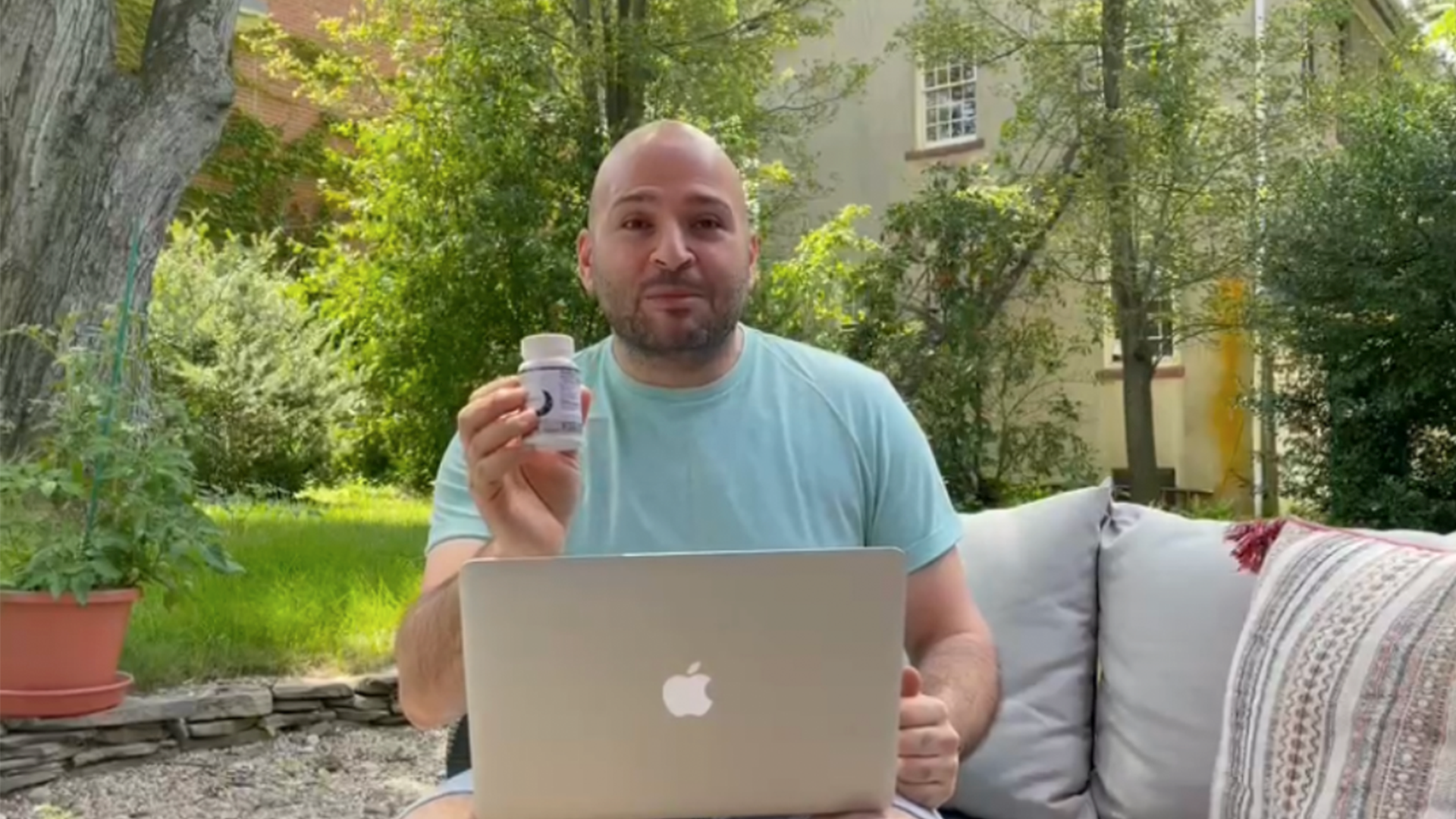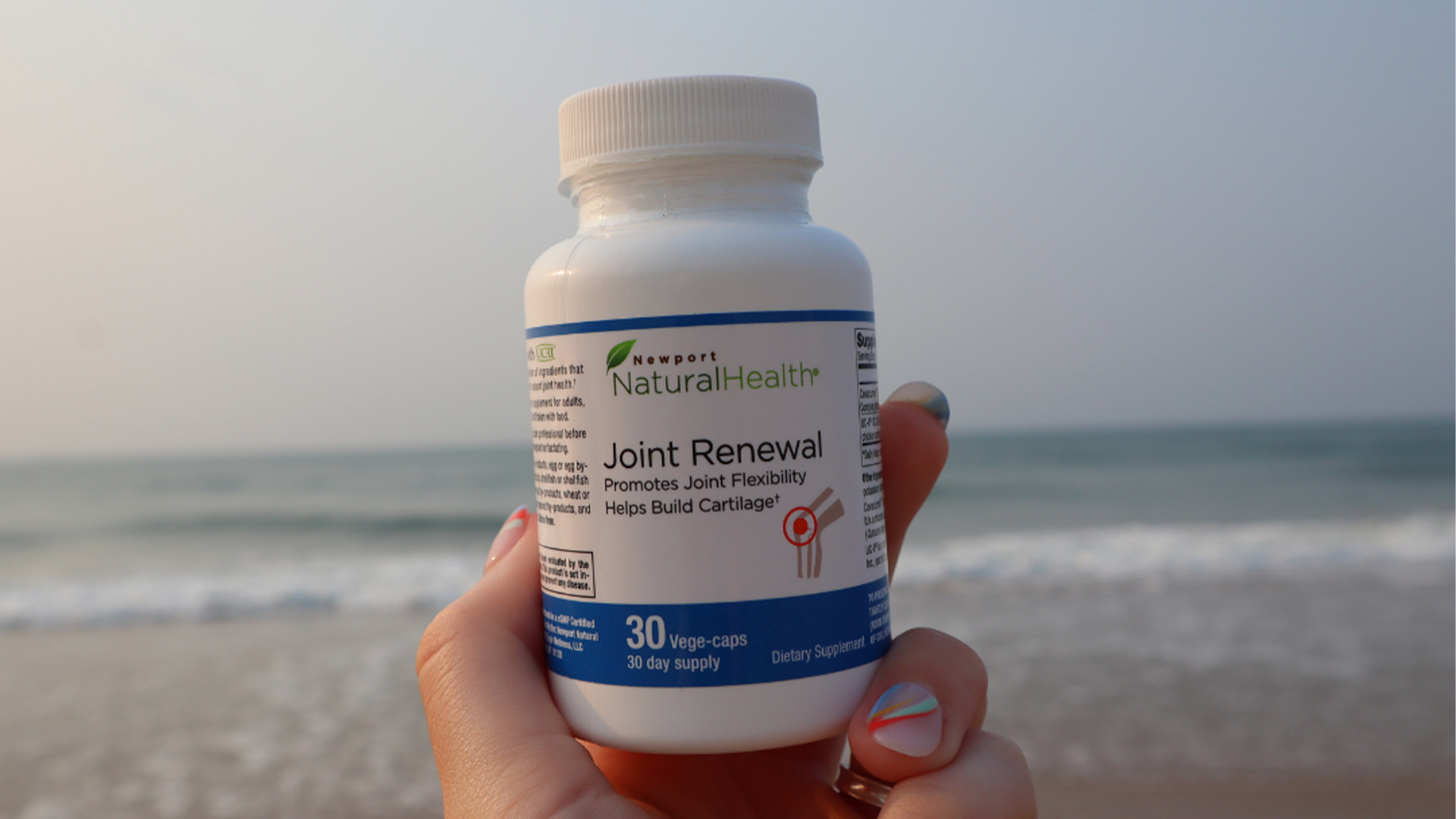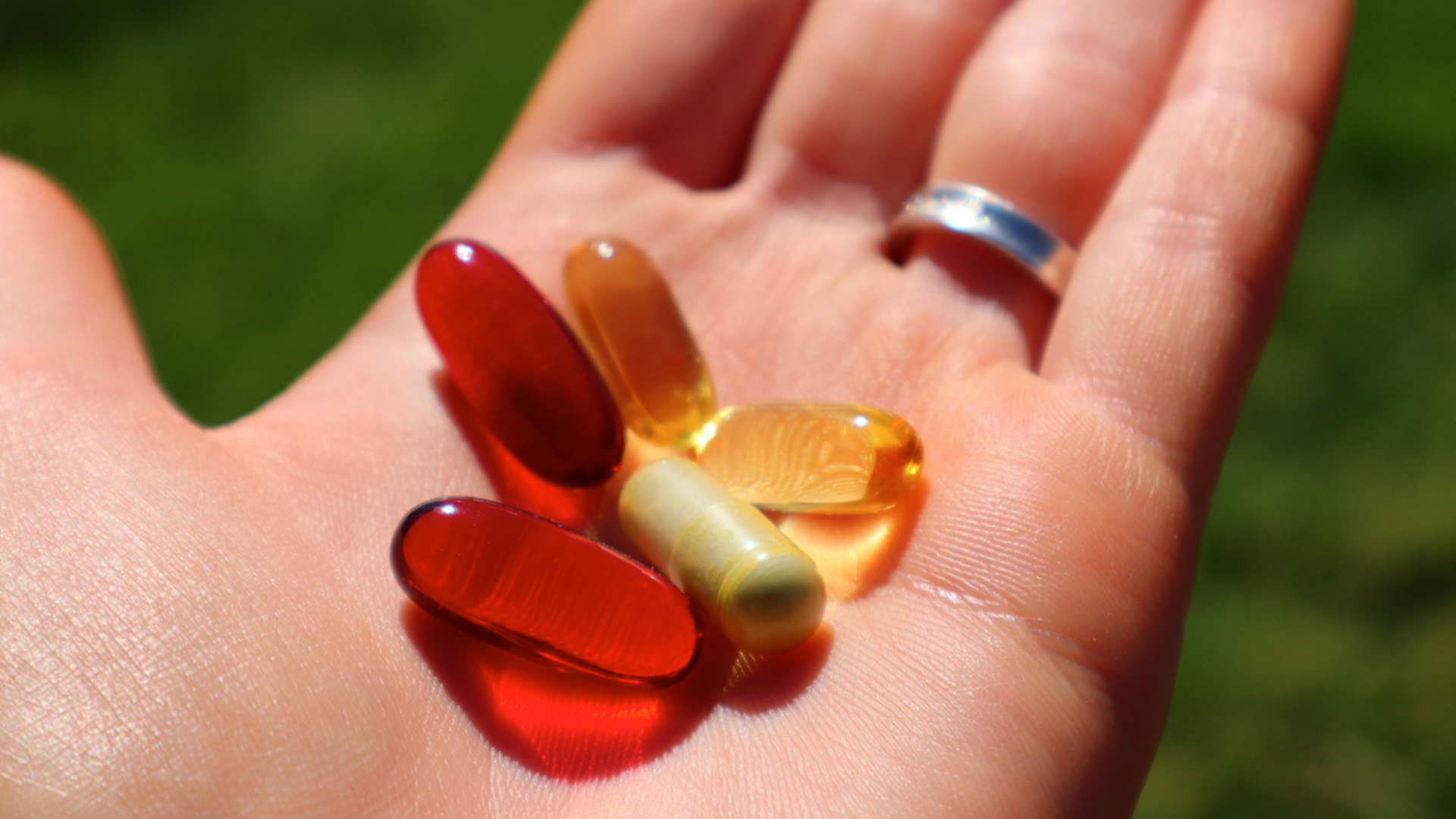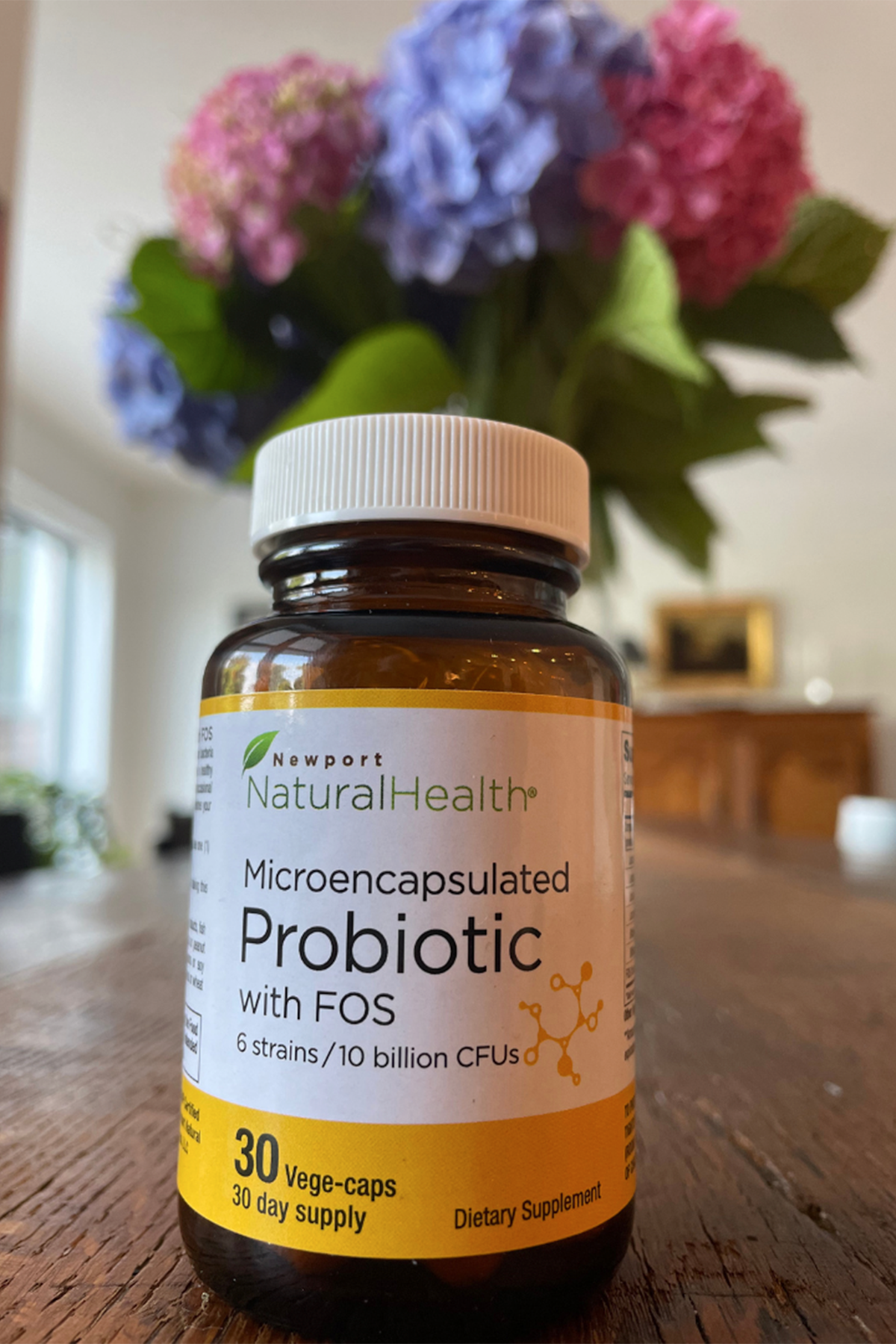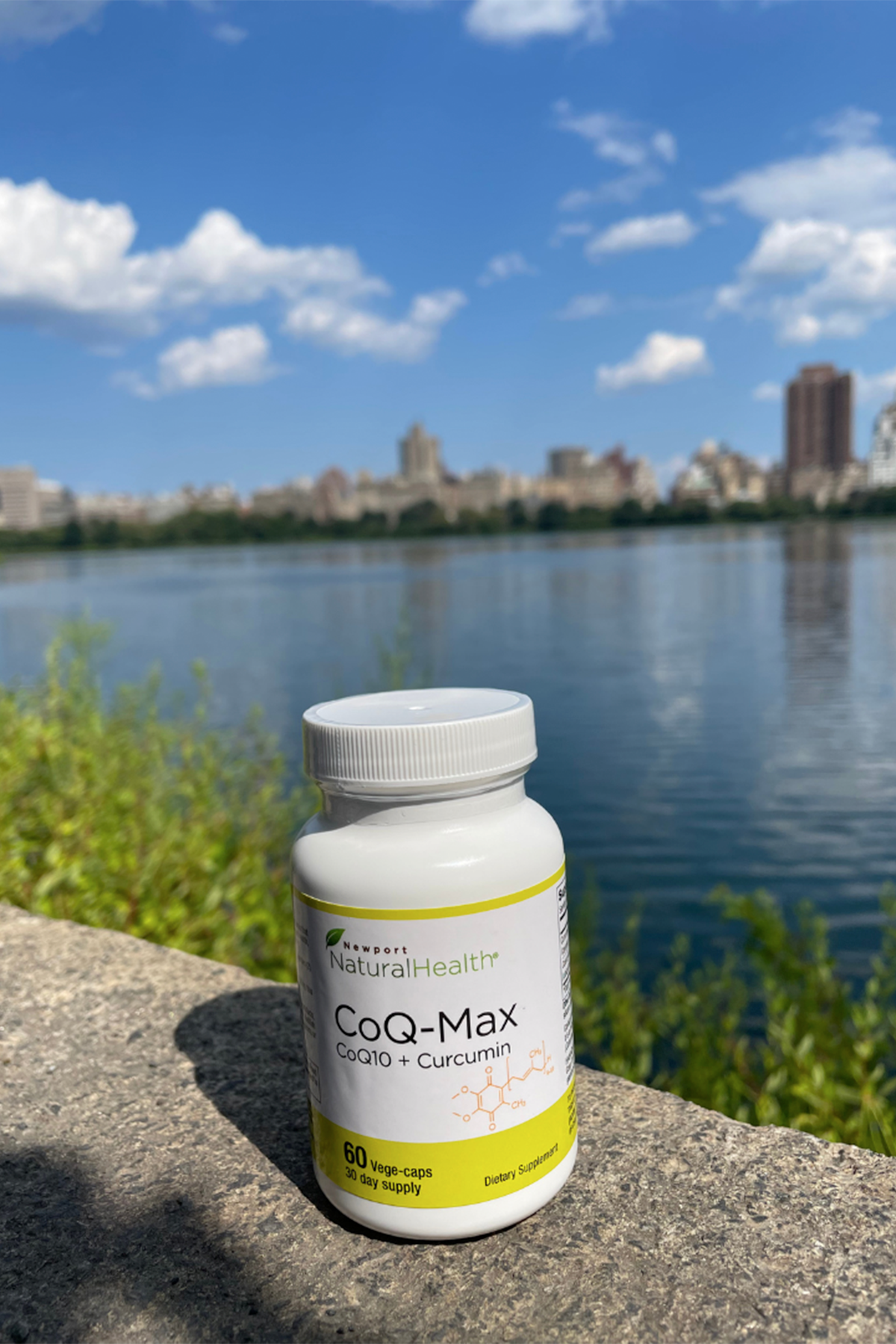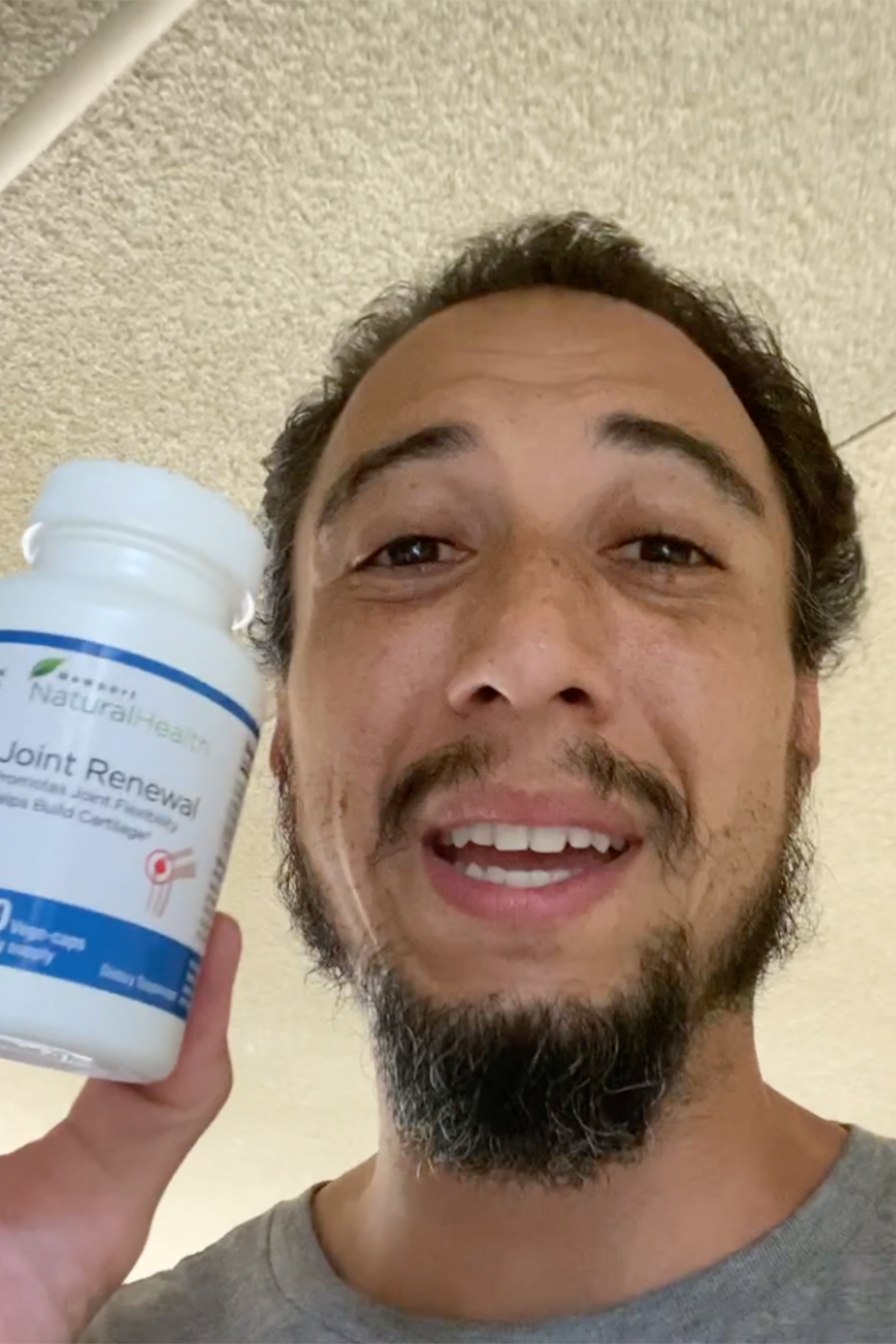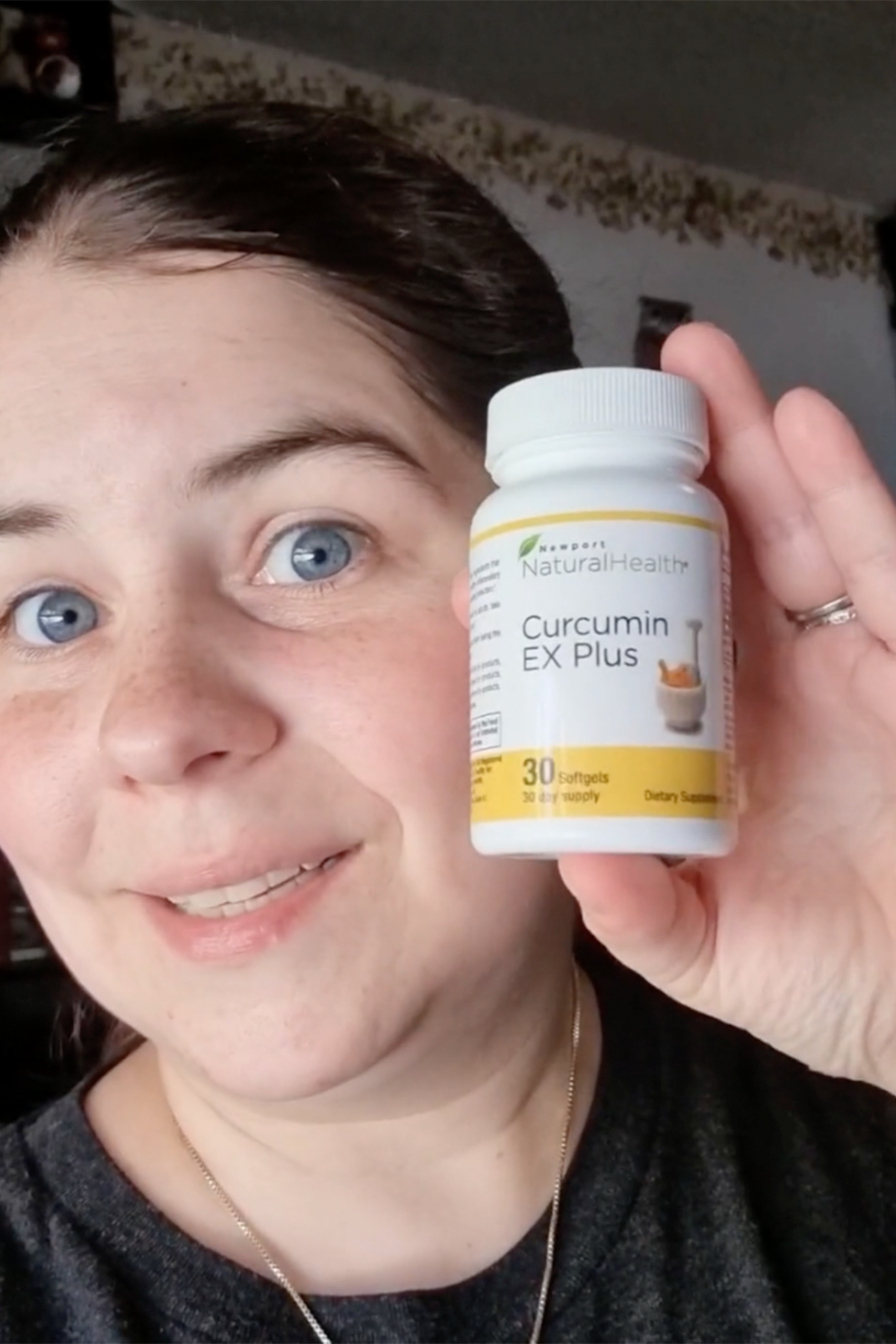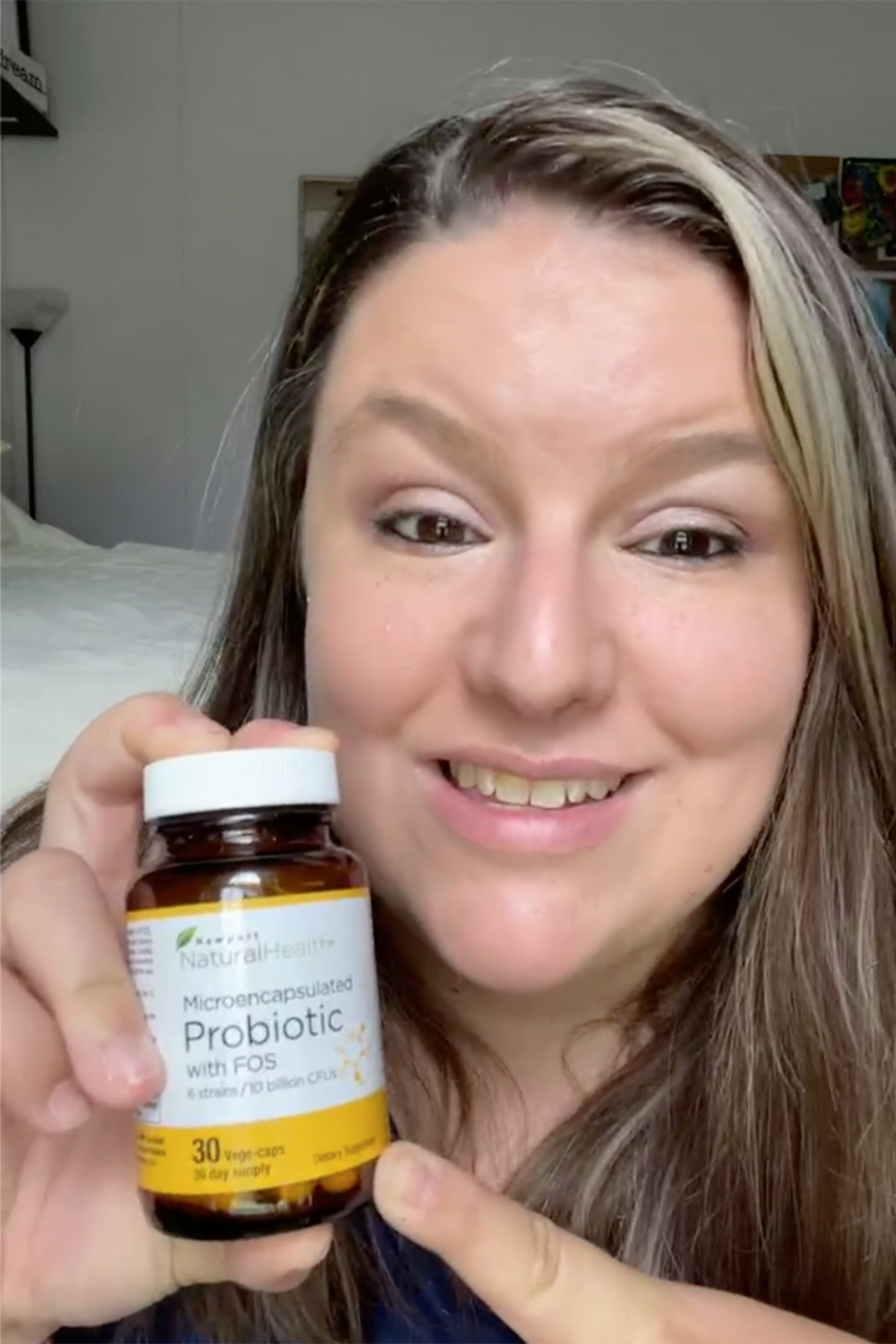Few things can put a crimp in your day the way back pain can. It’s one of the most common complaints I hear from my patients, and statistics show close to 80 percent of Americans suffer from back pain at some point in their lives.
Back pain falls into one of two categories: acute or chronic. Acute back pain is sudden, usually caused by something such as improper lifting. Chronic back pain is ongoing, long-term pain, often caused by issues involving tendons, muscles, or bones, or problems with organs, such as the kidneys. Emotional issues and conditions such as depression can also induce back pain, as my patient Joan discovered.
Problems with Traditional Back Pain Treatments
Ninety percent of ordinary back pain goes away on its own within four to six weeks. So my first recommendation to back-pain sufferers is to avoid physicians who insist that immediate surgery is the only solution without allowing time for natural healing to occur.
Unfortunately, this is not the standard approach to ordinary, uncomplicated back pain. We Americans are repeatedly told by the pharmaceutical industry that nothing other than instant relief is acceptable. As a result, conventional treatments include pain relievers (like aspirin and ibuprofen) as the nonsurgical option to back pain. But these medications do nothing to correct the underlying problem. When pain relievers start losing their effectiveness or when side effects become intolerable, surgery or steroid injections are commonly recommended.
The trouble with this approach is that these costly, potentially dangerous methods often do not work and may put you at risk for very serious side effects. For example, a recent meningitis outbreak that took the lives of 32 people and sickened more than 430 (so far) was traced back to fungus-contaminated steroid medicine, the very thing often used to control back pain.
What about a diagnostic CT scan or X-ray? The truth is, you probably don’t need either. A recently published exhaustive study reviewed the use of imaging, such as CT scans and X-rays, for ordinary back pain and found no benefit unless the patient exhibited signs of a more serious underlying condition (see below). In addition, unnecessary imaging comes with several downsides, including exposure to potentially dangerous radiation and considerable expense.
Natural Back Pain Relief
So what can you do to prevent or treat everyday, acute back pain naturally? Since the condition is so common, I’ve collected seven tips that my patients find helpful. If back pain is a problem for you, please read on. And remember that these remedies can improve your overall health, something that can’t be said of pain meds, steroids, or needless surgery.
1) Tame Inflammation
Where there’s pain, there’s inflammation. Broadly defined as the body’s response to injury or exposure to harm, inflammation typically causes redness, swelling, discomfort and pain, tenderness, and/or heat in tissue. We can see exterior inflammation such as raised, red, and swollen areas surrounding a cut or scrape. But inflammation can occur inside the body, too. Although we can’t see the inflammation, it’s damaging just the same. In fact, internal inflammation is linked to such serious health conditions as heart disease, cancer, diabetes, depression, Alzheimer’s, aging, arthritis, and more.
In my earlier newsletter on inflammation, I mentioned a handful of supplements that really make a difference. These supplements can be helpful for treating back pain, too. They include:
- Curcumin (500 mg up to three times daily)
- Vitamin C (2,000 to 4,000 mg daily in divided doses throughout the day)
- Essential fatty acids (EFAs) (1,000 mg twice daily)
- Vitamin D (at least 1,000 mg daily)
In addition, researchers have discovered that gout, a form of arthritis that usually causes discomfort in the big toe or related joint, can affect the spine, too. Few physicians are aware of this connection, so if you have gout and are experiencing back pain, ask your health-care provider to consider axial gout (the medical term for gout affecting the spine) as a possible cause. Gout can be treated with medication and dietary changes (eliminating meat, seafood, alcohol [especially beer], and drinking more fresh, filtered water), which can make a huge difference in this painful condition.
2) Trim Your Tummy
Carrying excess pounds around your midsection puts a strain on back muscles. Losing weight and building up your abdominal — or core — muscles can help. If you belong to a gym or YMCA/YWCA, ask a trainer there for exercise suggestions and pointers on how to do the exercises properly.
Please don’t buy into the myth that weight loss requires you to starve yourself or spend hours exercising. Studies show that losing even a small amount of weight can ease pain in joints and lighten your back’s load, too.
3) Stand and Sit Tall
Don’t forget about good posture. If you tend to slouch when you’re sitting or standing, your back muscles may be forced into an unnatural position, causing you pain. A chiropractor or acupuncturist can advise you on proper posture and help release muscle tension while your body realigns.
4) Magnesium Can Help
A recognized muscle relaxant, the mineral magnesium is difficult to come by from food sources (Brazil nuts, spinach, artichokes, almonds) alone. Take 250 to 500 mg in the evening (magnesium encourages sleep) so your back muscles can take the night off. If you’re new to magnesium supplements, I recommend starting with the smaller dose and working up to more, since magnesium can cause loose stools.
5) Movement and Exercise
When your back hurts, it’s very tempting to use that as an excuse to spend most of your waking hours sitting or lying down. Here’s why that’s a bad idea: Being inactive leads to weak muscles and weight gain, two things that are likely to make back pain worse.
Even if you’re not up to a strenuous hike, please don’t let back pain turn you into a couch potato. Aim for a brisk walk of 20 to 30 minutes or three 10-minute-long walks each day. Remember, too, that long stints of sitting are bad for your overall health and won’t do much for your back pain, either. Get up every 20 minutes and stretch or walk in place for a couple minutes.
Another option: Invest in an inexpensive pair of exercise bands and use them in mini-workouts during the day to strengthen muscles throughout your body. This type of exercise — known as resistance training — can help reduce body fat while increasing metabolism and lean body tissue. Even better, resistance training helps ease lower-back pain as well as discomfort associated with arthritis and fibromyalgia.
6) Deal with Dehydration
As my regular readers know, I believe it’s important to drink plenty of fresh, filtered water every day. We need water to digest food and eliminate waste. Water cushions and lubricates our joints, keeps our skin cells plump, delivers nutrients, and protects the intestinal tract lining from damage by enzymes that digest food. Water plays a role in breathing, body temperature management, brain functions, and a long list of other processes. In short, we need water — and lots of it — to maintain good health.
The standard advice is to drink 8 glasses of water daily. Unfortunately, this is another one-size-fits-all recommendation that doesn’t consider our individual needs. That’s why I tell my patients to drink a number of ounces of water equivalent to half their weight. In other words, if you weigh 160 pounds, you should drink 80 ounces (ten 8-ounce glasses) of water every day. Anything less shortchanges your entire body.
Furthermore, it’s also important to consider factors that may make a difference in your personal water intake. Certain medications, such as antihistamines, can be dehydrating as can intense workouts, caffeinated or alcoholic beverages, a high-salt diet, and hot, dry weather.
But will drinking more water help ease the pain in your back? The results of a new study show that it may. Patients who were well hydrated while suffering from lower-back pain experienced more pain relief after back manipulation than those who were dehydrated.
7) Reduce Acidity
Proper pH levels (a measure of acidity and alkalinity in the body) are essential for good health. Ideally, your body should be slightly alkaline, in the range of 7.2 to 7.4 (just a bit more alkaline than water, which has a neutral pH of 7.0). If measurements show a lower pH, that means you are in a state of acidosis. You can easily measure your own pH with pH test strips.
Recent studies show that chronic, low-grade acidosis has an impact throughout the body, causing everything from heart disease, diabetes, osteoporosis, and decreased muscle mass to kidney stones. Several of these conditions, especially osteoporosis and kidney stones, could be the source of back pain.
If you find that you’re overly acidic, I highly recommend taking a few easy steps to correct the situation:
Eliminate or cut back on foods that promote acidity:
- Sugar
- Salt
- Coffee
- Animal products
- Alcohol
- Processed and fast foods
Increase your intake of foods that promote alkalinity:
- Most fruits (except cranberries and blueberries)
- Most vegetables (except tomatoes)
Surprisingly, despite their citric acid content, most citrus fruits have an alkalinizing effect when consumed, so enjoy lemons, grapefruit, and related fruits (with the exception of oranges) as often as you like. In fact, a cup of hot water with a wedge of lemon or lime is a soothing afternoon or evening beverage with an acid-reducing bonus.
If adding more vegetables to your diet is difficult right now, consider one of the greens supplements on the market today.
When to See a Doctor for Back Pain
If you follow my suggestions, and your back is still painful after four to six weeks, it’s time to see your health-care provider. However, if you’re experiencing any of the symptoms listed below while you have a backache, please don’t wait to see a doctor — you may be suffering from a more serious condition than simple back pain.
See a doctor if you have back pain plus any of these symptoms:
- Fever
- History of an immune system disorder, osteoporosis, or cancer
- Back pain felt only at night
- A fall or accident
- Weight loss without dieting
- A numb or tingly feeling in the extremities
- Bladder or bowel malfunctions
Clearly, there are good, nonsurgical options for dealing with ordinary back pain. One caution: As I remind my patients, natural remedies often take longer to work than harsh, conventional treatments. Although the methods I’ve listed above do work, they require commitment, persistence, and patience. So please give your body time to heal. In the long run, I think you’ll discover that the results are well worth the wait.
Last Updated: September 2, 2020
Originally Published: September 1, 2014



